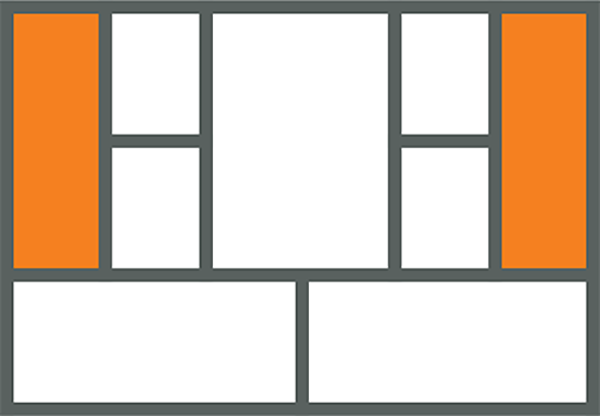The number one question I get during my workshops is: “Would an investor accept a Lean Canvas in place of a traditional business plan or investor deck?”. I usually then turn to the investors in the room and put them on the spot: Many prominent VCs and Angels have said they would.
But even with that vote of confidence, I would NOT recommend you walk into a “traditional investor pitch” with a non-traditional tool like Lean Canvas. At least not yet.
The response above was coaxed from investors after 5 minutes of slideware walking through the benefits of the canvas over more traditional business plans.
Most investors are not ready for the canvas yet simply because it is something new. Hopefully, that will change in time. But all is not lost. The real power of the canvas lies in its use as a learning tool first. Stepping through this learning over a specific period is what will help you deliver a killer pitch.
What Are Investors Looking For?
Investors don’t care about your product or solution.
They care about a business model that works.
Here’s the thing: If you are close to achieving Product/Market Fit and can show the beginnings of a hockey-stick curve, you don’t need much of anything else to get a check. Without that, investors must rely on other proxies to rank their “risk profile.”
Here’s the priority ranking that Nivi and Naval (from VentureHacks/AngelList) use:
- Traction (aka Product/Market Fit)
- Social Proof (from other advisors/investors)
- Product
- Team
First on the list is proof that you have a business model that is at least starting to work. Second, isn’t product or team, but social proof from others.
Without Product/Market Fit or a proven track record, how do you get social proof?
Here’s more great advice from Venture Hacks:
Find advisors before investors.
Don’t pay them. Have them pay you by investing (time and/or money).
- Venture Hacks
So How Do You Find Good Advisors?
Last time, I threw out the term “Business Model Discovery” because I see a lot of parallels between this process and “Customer Discovery.”
While the goal of Customer Discover is finding “visionary customers”, the goal of Business Model Discovery is finding “visionary advisors”.
There is no silver bullet. Finding good advisors is an ongoing process. Start with your first-degree network, conduct interviews, get referrals, and cold call if you (really) have to. Like customer interviews, the key is framing the conversation around learning and not pitching.
Here’s how I do them:
How to Conduct a Business Model Interview
20% Setup
I completely avoid using a traditional “10-slide deck”. Other than seeming too much like a pitch, I find that the one-slide-at-a-time linear flow leads to low information retention. You either get interrupted on things you’ve already covered or have to flip back to previous slides. Another problem with the 10-slide deck is you get distracted by aesthetics and start spending time on clever graphics, transitions, and fonts — all are forms of waste at this point.
The other extreme, i.e., no slides, while most natural, requires practice and may not lead to actionable insights, as we’ll see in a bit.
My tool of choice is using an incremental build of the Lean Canvas delivered on an iPad (or paper), as shown below:
Lean Canvas Slideshow from Ash Maurya
I start with a blank canvas and incrementally reveal parts of the model as I walk through the business model. The stacked flow allows me to pace the conversation and leave all the information on the screen. The Lean Canvas format is so minimal and space-constrained — there’s no room for distraction.
Removing visual distractions is a technique copywriters use to create compelling “naked copy.”
Your Lean Canvas is the “naked copy” of your eventual pitch.
80% Conversation
It usually takes me 3–5 minutes to walk through my model, then I shut up and listen. I have found that leaving the complete canvas in front of people not only invokes a reaction but changes the conversation — significantly leading to a much higher quality of discussion.
I specifically want to know
- What do they consider most risky with this plan?
- Have they overcome similar risks? How?
- Are there other people I should speak with?
Other Notes
- Last time I mentioned brainstorming multiple canvases. I don’t present all the canvases during the setup but pick the most promising one to lead with. During the conversation, I’ll explore these variations through follow-on questions.
- Customer Discovery interviews are also a good source for identifying potential advisors.
Turning Ongoing Learning into an Effective Pitch
Much like early adopters want to help if you nail their problems, visionary advisors will want to help if you present interesting problems that trigger their strengths and passion. You’ll know if there’s a fit based on their answers and body language. If so, consider bringing them on as a formal advisor. Read the VentureHacks article for details.
Short of showing investors a plan that works (Product/Market Fit), investors want to know whether you are capable of finding a plan that works. The most effective way to do that is by demonstrating how you think and navigate around your business model risks.
In Part 2, I’ll cover a format for doing just that.
